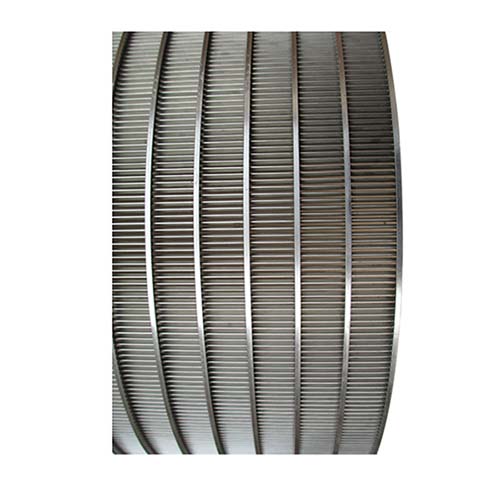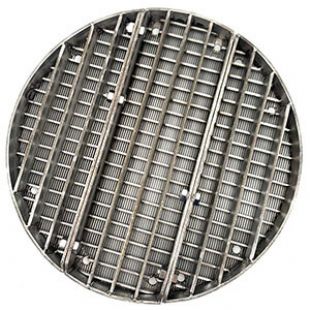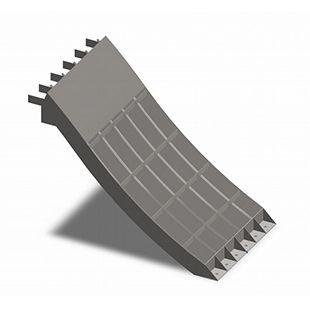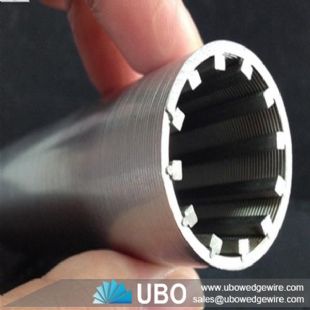How do I Choose Which Stainless Steel to Use
Most decisions about which steel to use are based on a combination of the following factors:
What is the corrosive environment?
Atmospheric, water, concentration of particular chemicals, chloride content, presence of acid.
What is the temperature of operation?
High temperatures usually accelerate corrosion rates and therefore indicate a higher grade. Low temperatures will require a tough austenitic steel.
What strength is required?
Higher strength can be obtained from the austenitic, duplex, martensitic and PH steels. Other processes such as welding and forming often influence which of these is most suitable.
For example, high strength austenitic steels produced by work hardening would not be suitable where welding was necessary as the process would soften the steel.
What welding will be carried out?
Austenitic steels are generally more weldable than the other types. Ferritic steels are weldable in thin sections.
Duplex steels require more care than austenitic steels but are now regarded as fully weldable. Martensitic and PH grades are less weldable.
What degree of forming is required to make the component?
Austenitic steels are the most formable of all the types being able to undergo a high degree of deep drawing or stretch forming.
Generally, ferritic steels are not as formable but can still be capable of producing quite intricate shapes. Duplex, martensitic and PH grades are not particularly formable.

What product form is required?
Not all grades are available in all product forms and sizes, for example sheet, bar, tube. In general, the austenitic steels are available in all product forms over a wide range of dimensions.
Ferritics are more likely to be in sheet form than bar. For martensitic steels, the reverse is true.
What are the customer’s expectations of the performance of the material?
This is an important consideration often missed in the selection process. Particularly, what are the aesthetic requirements as compared to the structural requirements?
Design life is sometimes specified but is very difficult to guarantee.
There may also be special requirements such as non-magnetic properties to take into account. It must also be borne in mind that steel type alone is not the only factor in material selection.
Surface finish is at least as important in many applications, particularly where there is a strong aesthetic component. See Importance of Surface Finish. Availability.
There may be a perfectly correct technical choice of material which cannot be implemented because it is not available in the time required.
Cost. Sometimes the correct technical option is not finally chosen on cost grounds alone. However, it is important to assess cost on the correct basis.
Many stainless steel applications are shown to be advantageous on a life cycle cost basis rather than initial cost. See Life Cycle Costing.
The final choice will almost certainly be in the hands of a specialist but their task can be helped by gathering as much information about the above factors.
Missing information is sometimes the difference between a successful and unsuccessful application. See also General principles for selection of stainless steels.








